Posted by Ernie Nemeth (here)
I don't do cemetary meditation but I do do subway meditation. Does that count? Lot of walking dead around...
It would, or does for me. Technically, anything can be a form of Yoga, whereas by calling it Raja Yoga and the like, means the specific spiritual rites or meditation sessions.
It is horrible. All of those walking dead have Buddha Nature, same as me, and yet I am going to imagine their ribcages falling out, or what happens when you go on the tracks.
Speaking as someone who at times has been able to see auras, some of them are appalling.
This paradoxical collision of love to all beings with the actual atmosphere of disgust and violence that suffuses the world is how we generate Bodhicitta which magically activates Buddha Nature within us; the potential of it is *true* but the realization of it is very difficult. When practitioners have an easy life then yes it seems easy but then when the test comes, hell hits home and you see how weak you really are and better start listening closely.
- Home
- Forum
- Chat
- Donate
- What's New?
-
Site Links

-
Avalon Library

-
External Sites

- Solari Report | Catherine Austin Fitts
- The Wall Will Fall | Vanessa Beeley
- Unsafe Space | Keri Smith
- Giza Death Star | Joseph P. Farrell
- The Last American Vagabond
- Caitlin Johnstone
- John Pilger
- Voltaire Network
- Suspicious Observers
- Peak Prosperity | Chris Martenson
- Dark Journalist
- The Black Vault
- Global Research | Michael Chossudovsky
- Corbett Report
- Infowars
- Natural News
- Ice Age Farmer
- Dr. Joseph Mercola
- Childrens Health Defense
- Geoengineering Watch | Dane Wigington
- Truthstream Media
- Unlimited Hangout | Whitney Webb
- Wikileaks index
- Vaccine Impact
- Eva Bartlett (In Gaza blog)
- Scott Ritter
- Redacted (Natalie & Clayton Morris)
- Judging Freedom (Andrew Napolitano)
- Alexander Mercouris
- The Duran
- Simplicius The Thinker





 Reply With Quote
Reply With Quote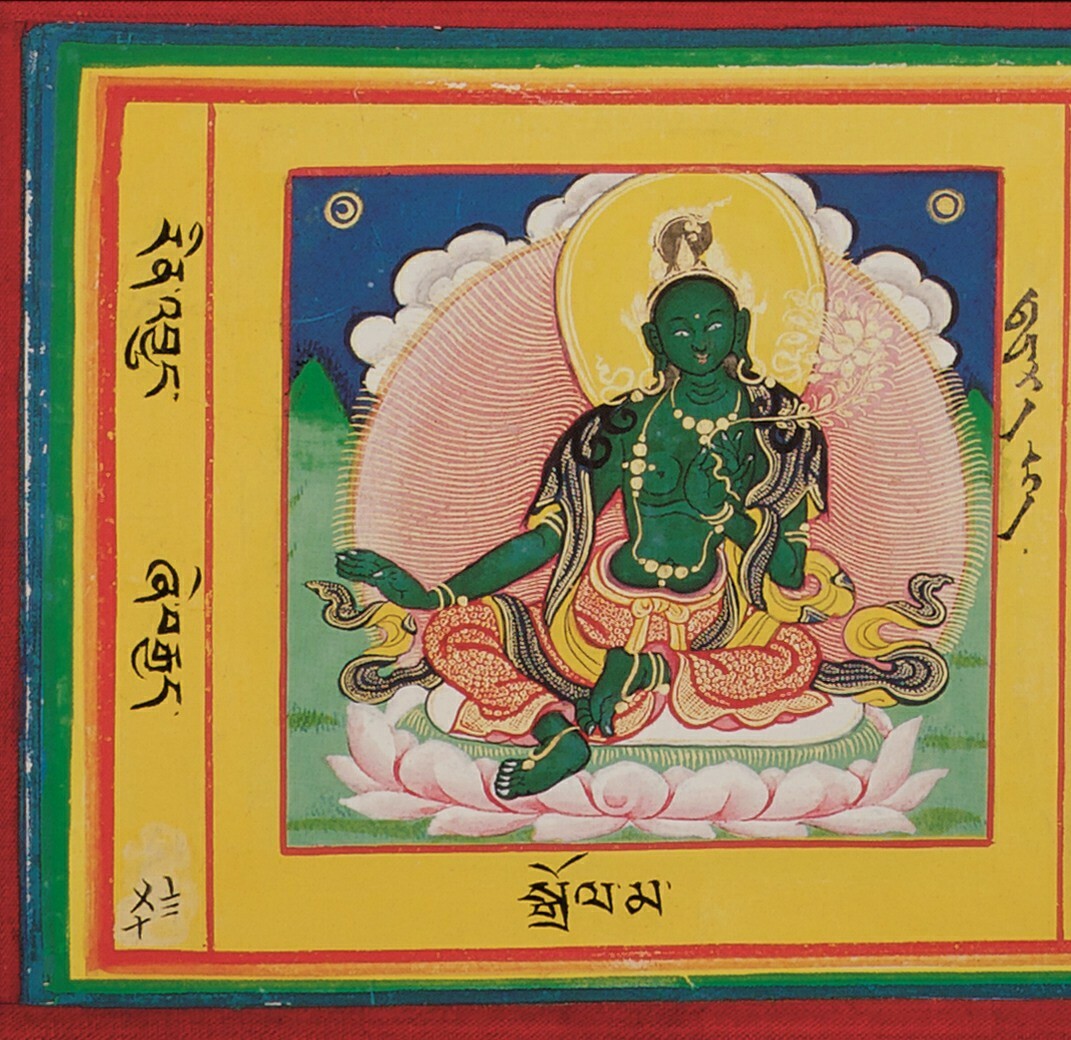
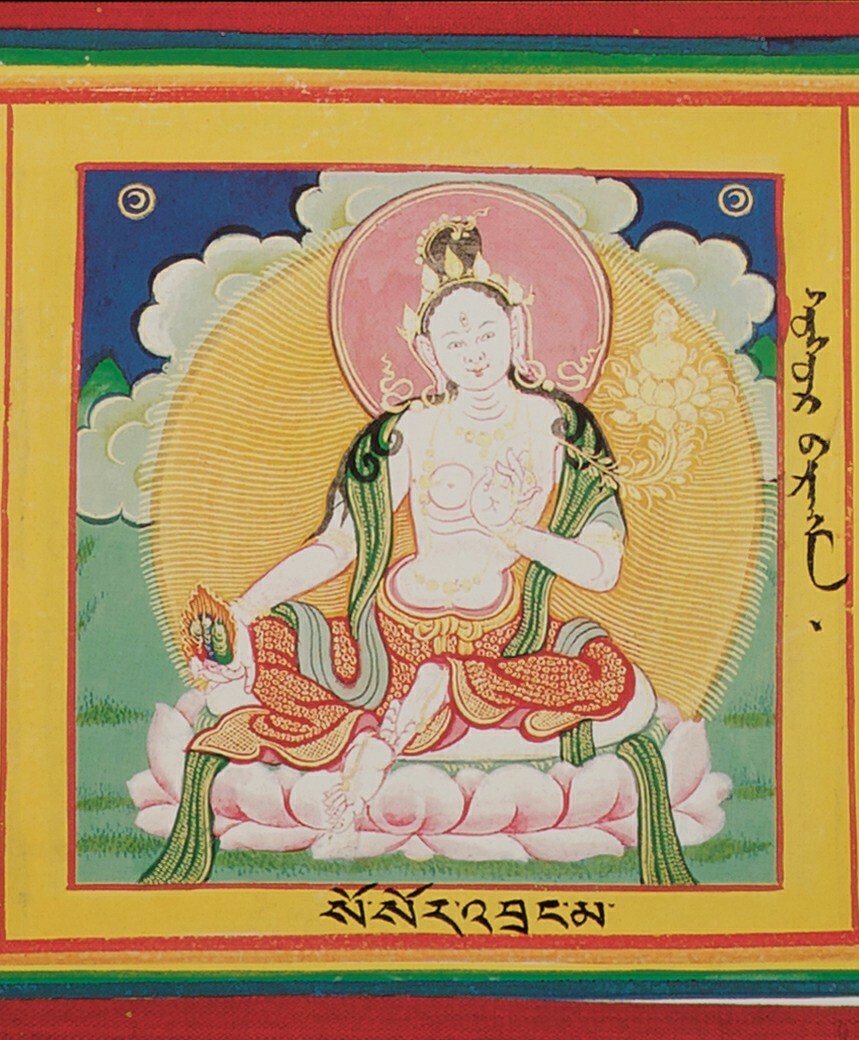
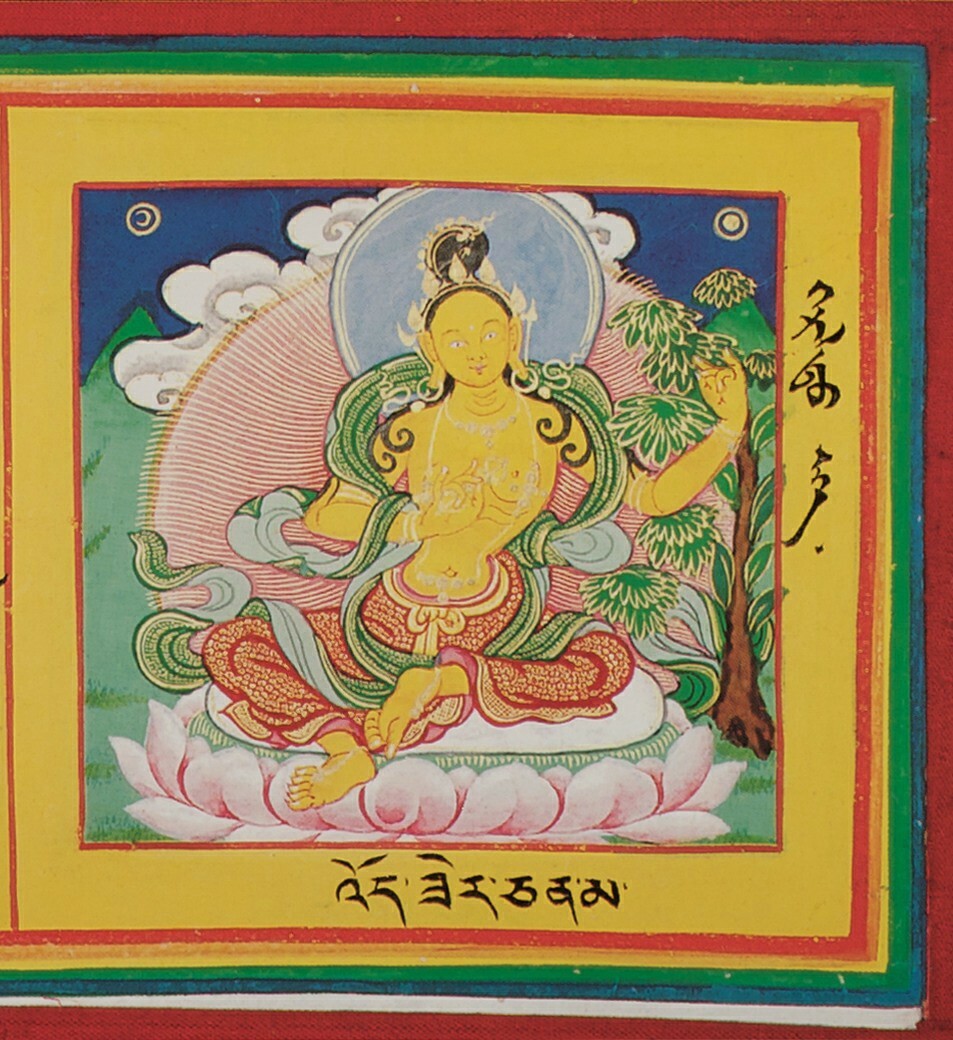
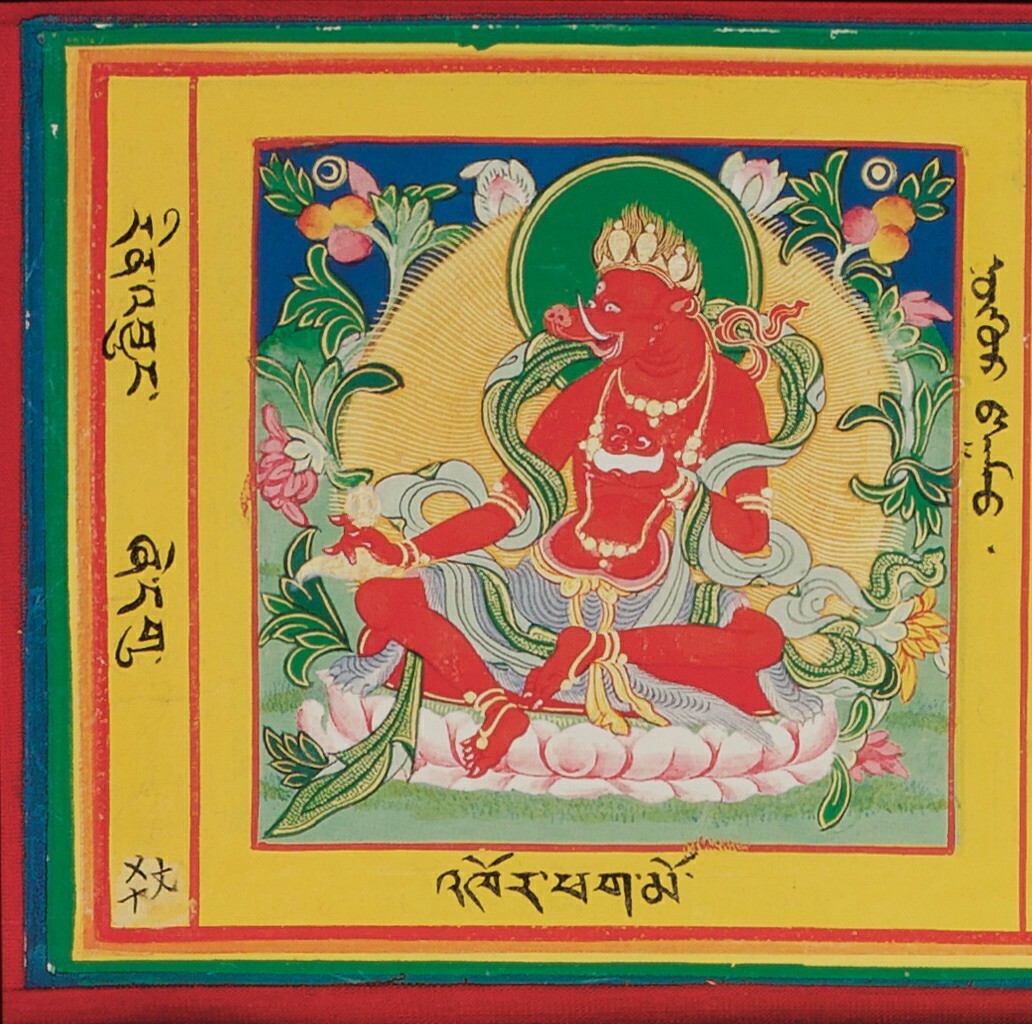
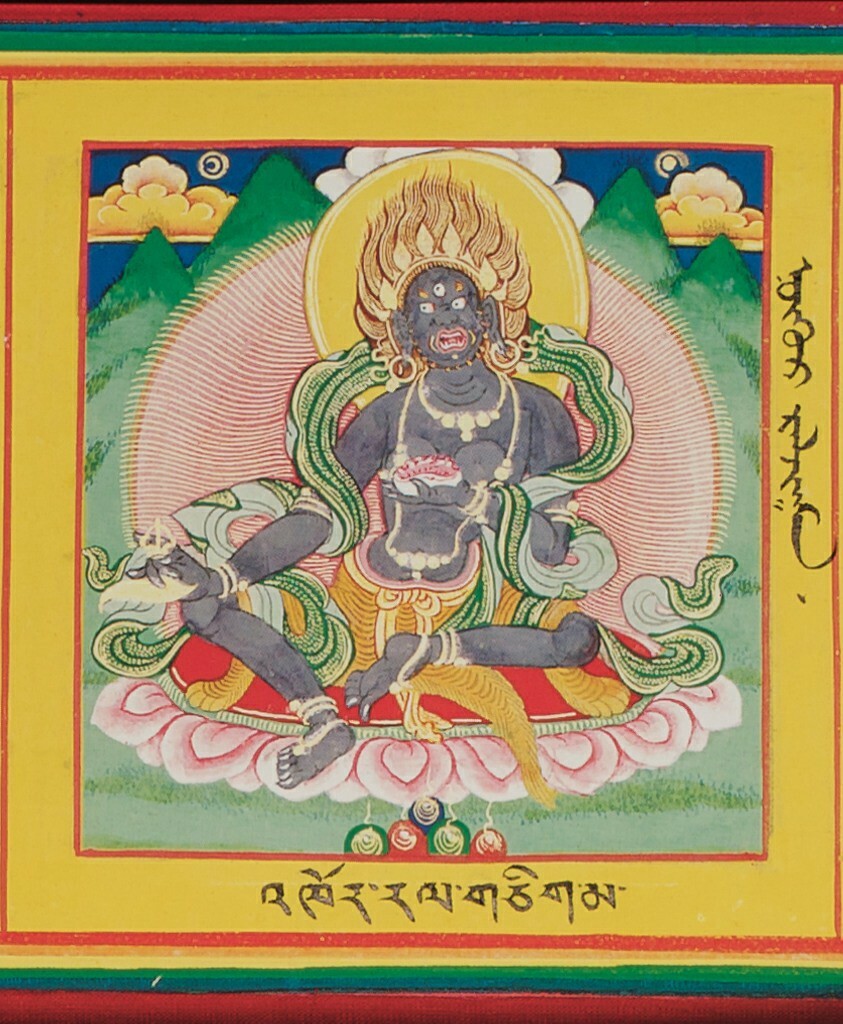
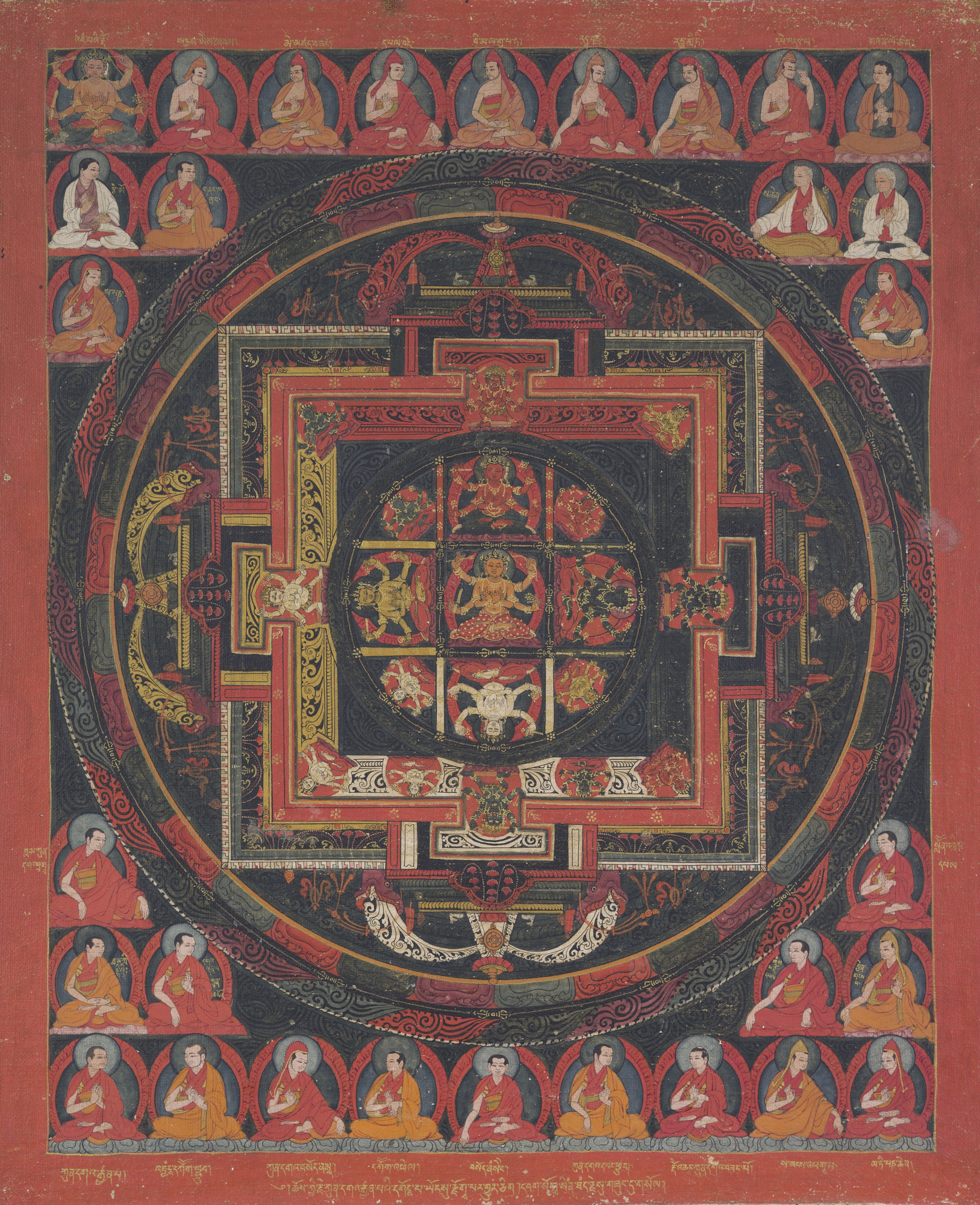
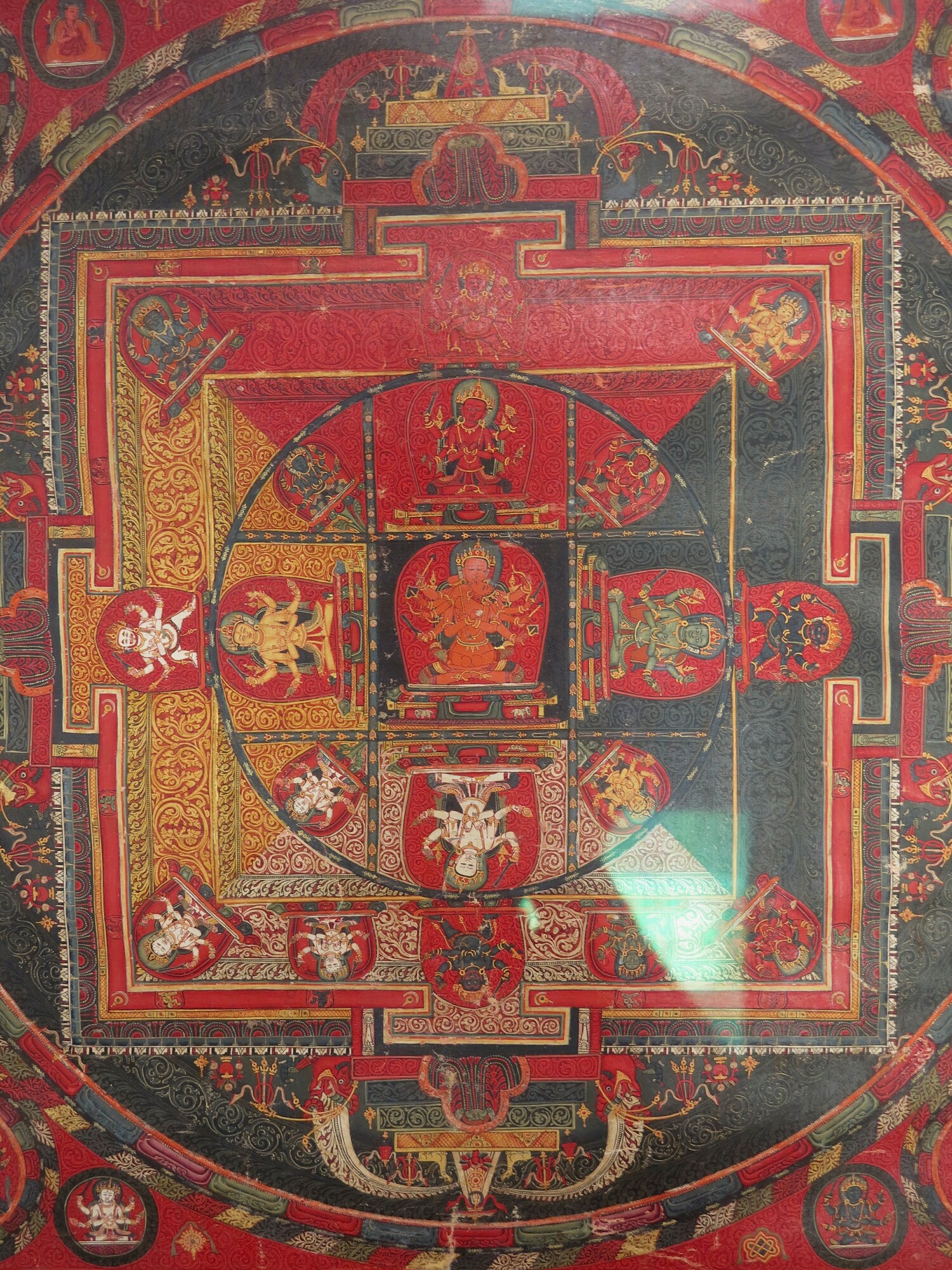
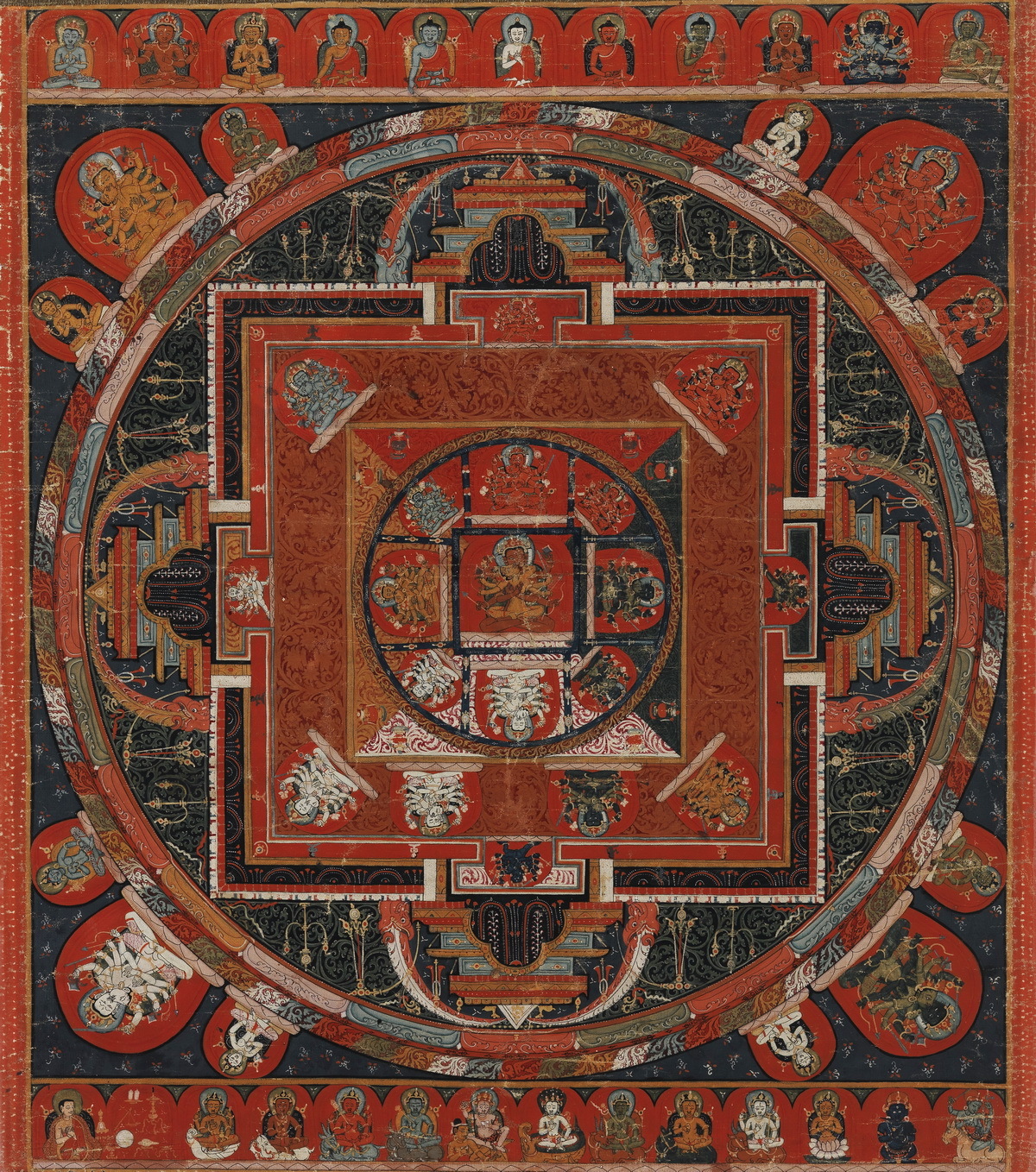
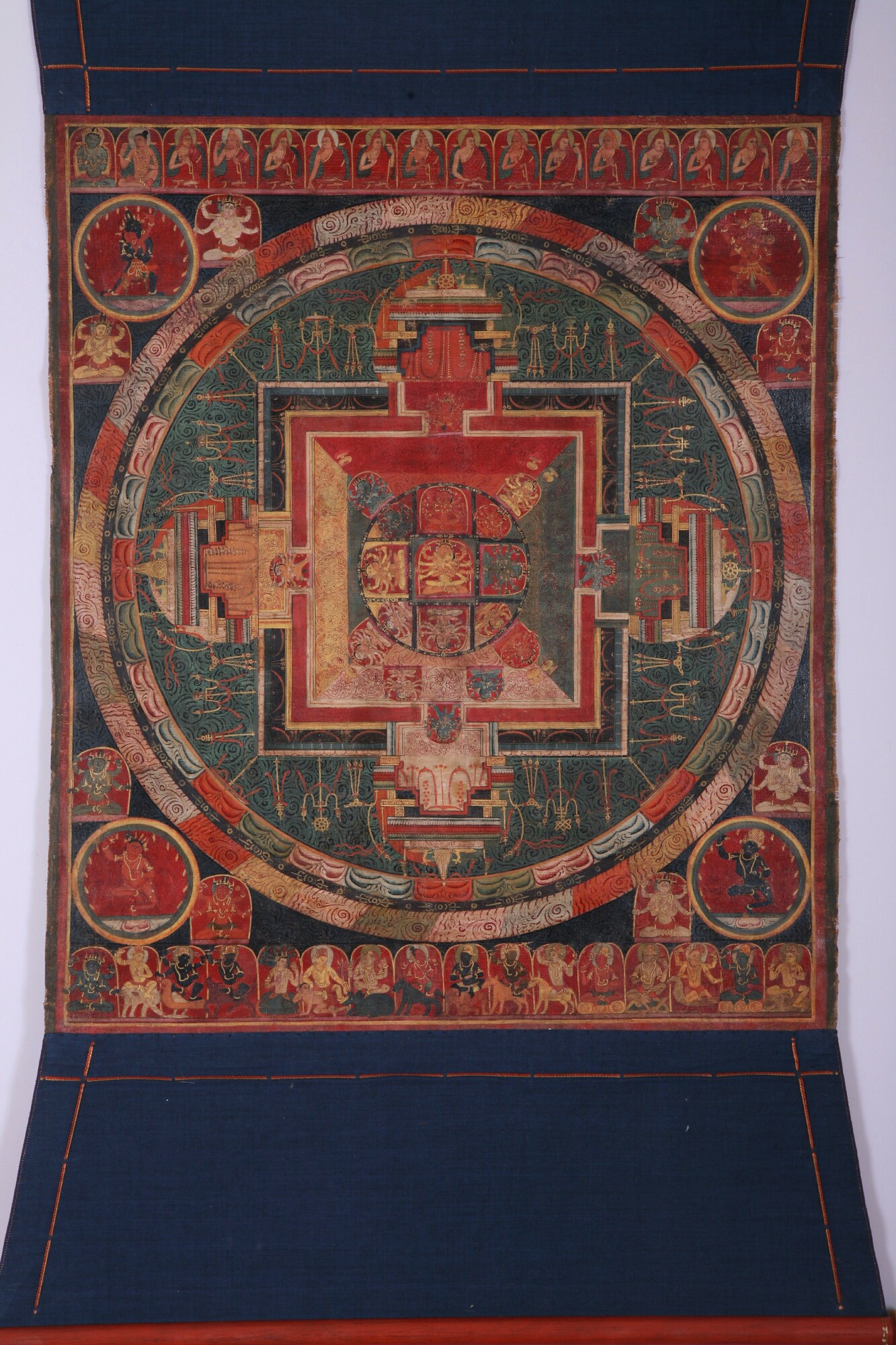
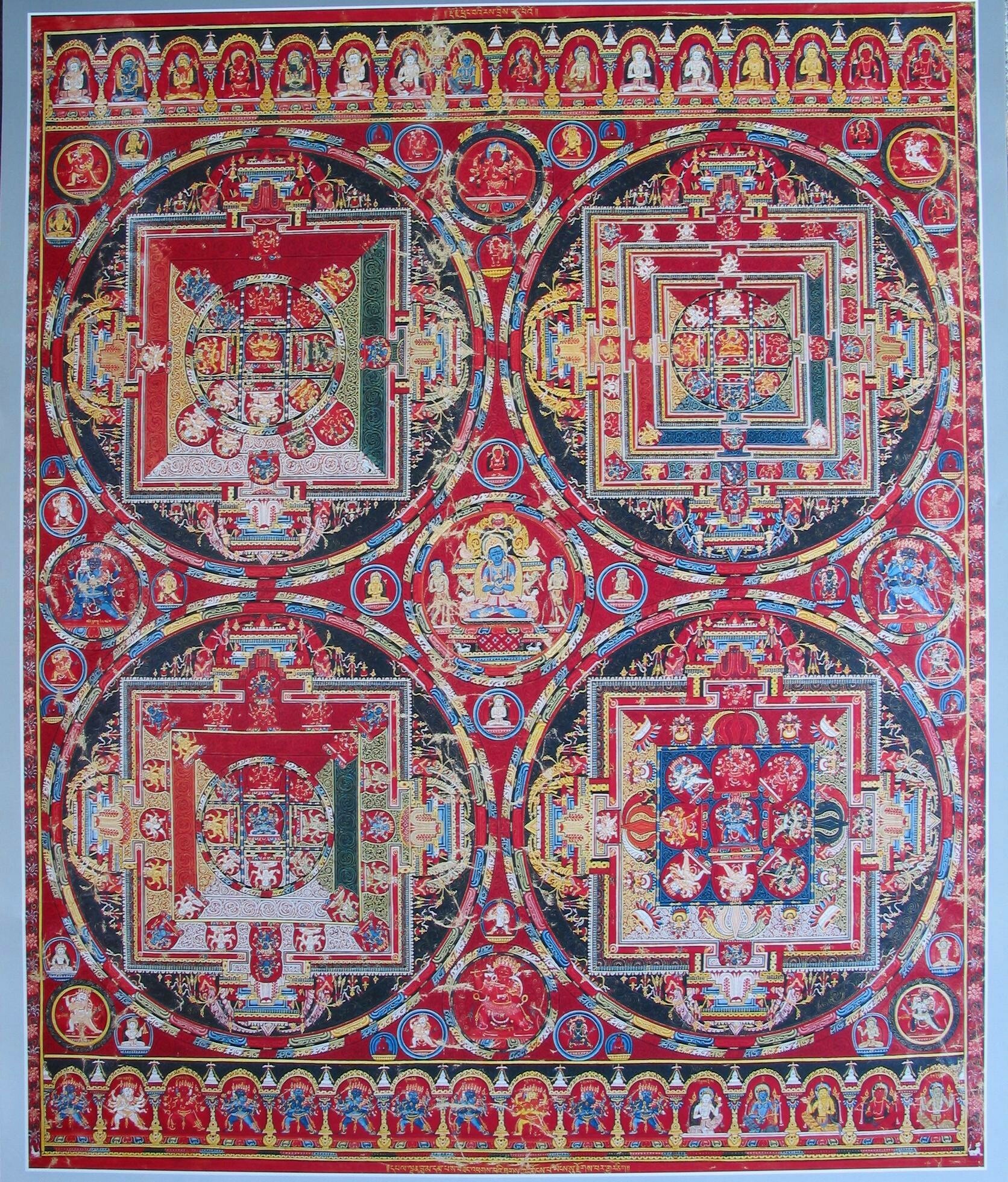
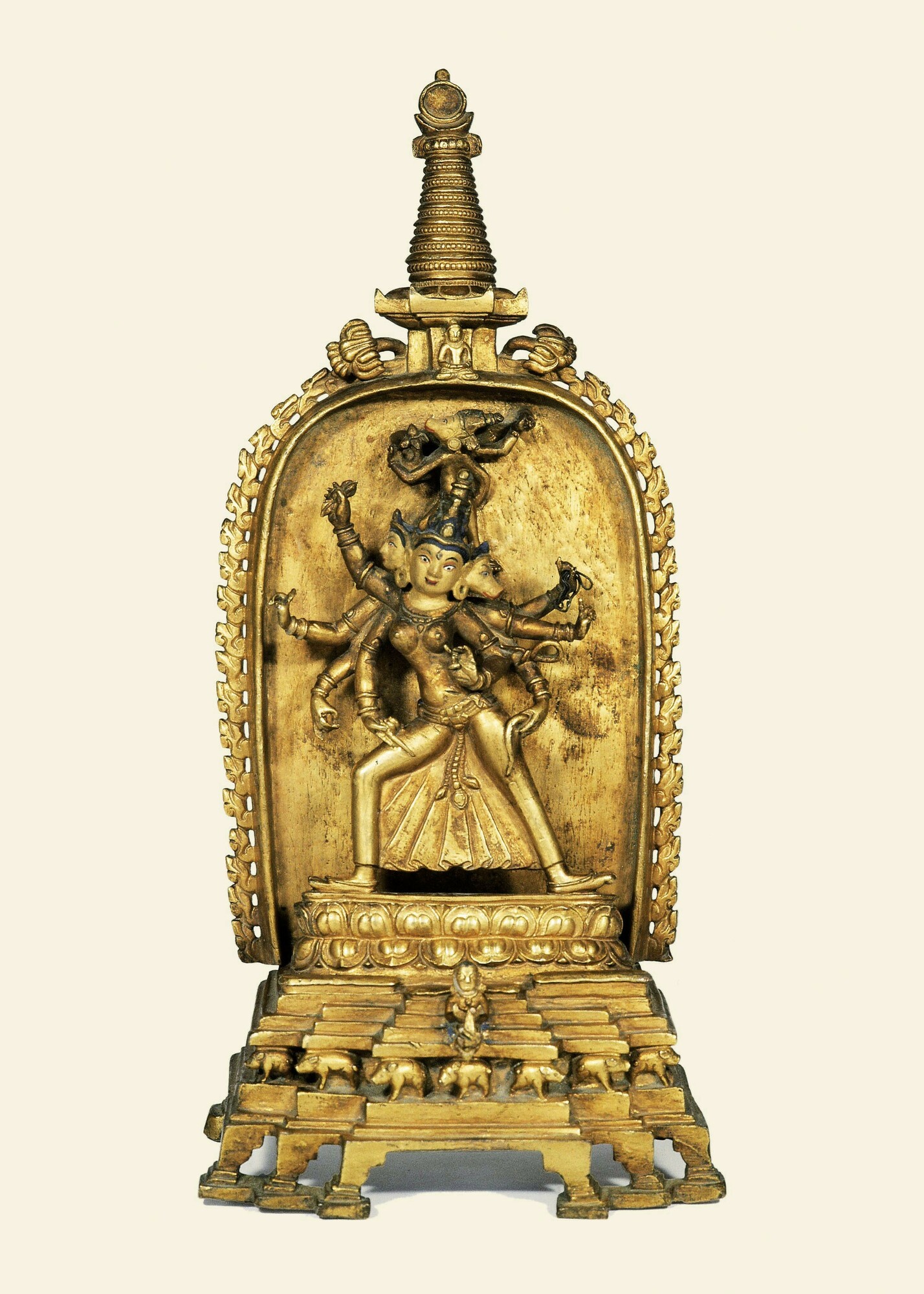
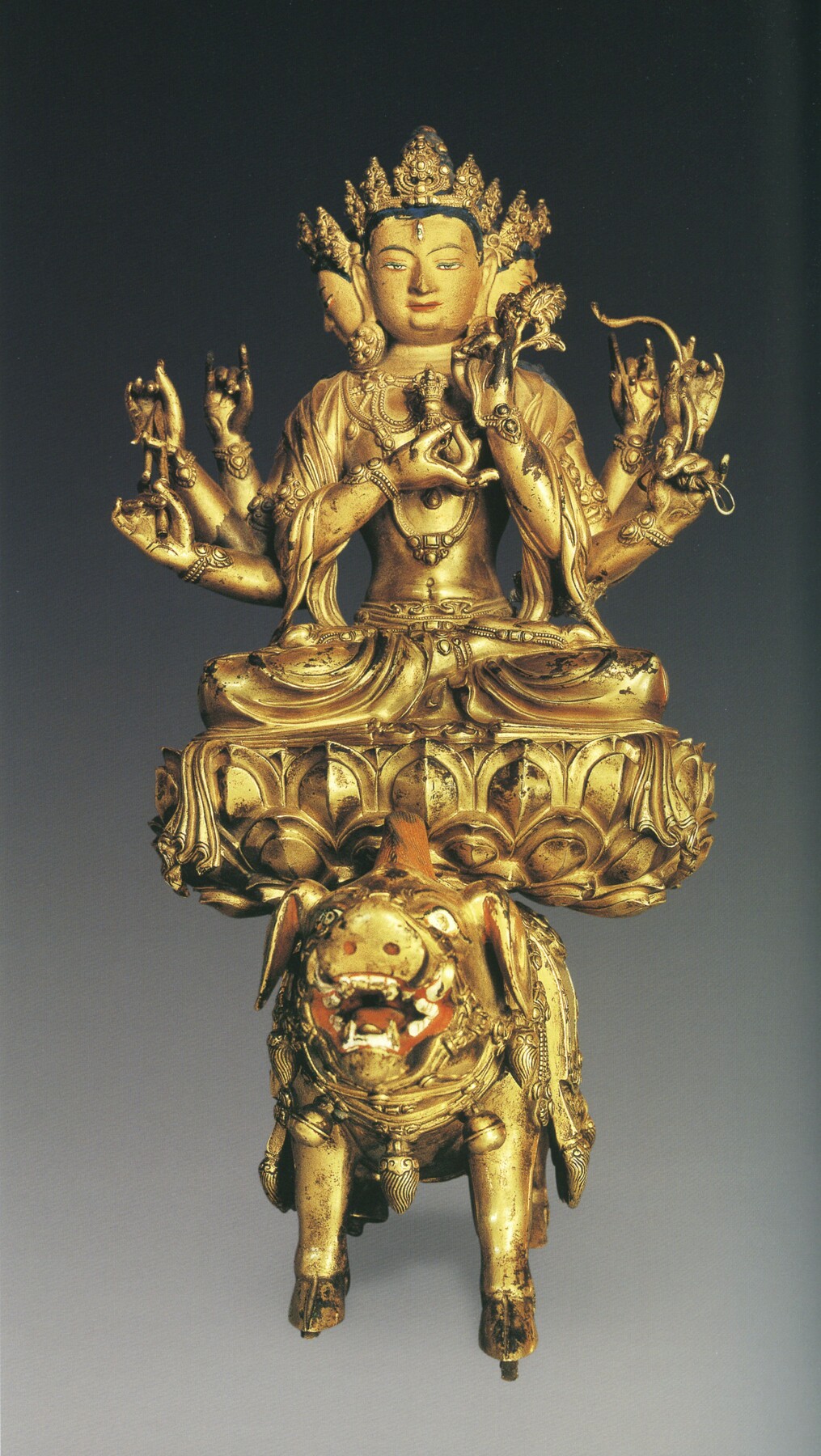
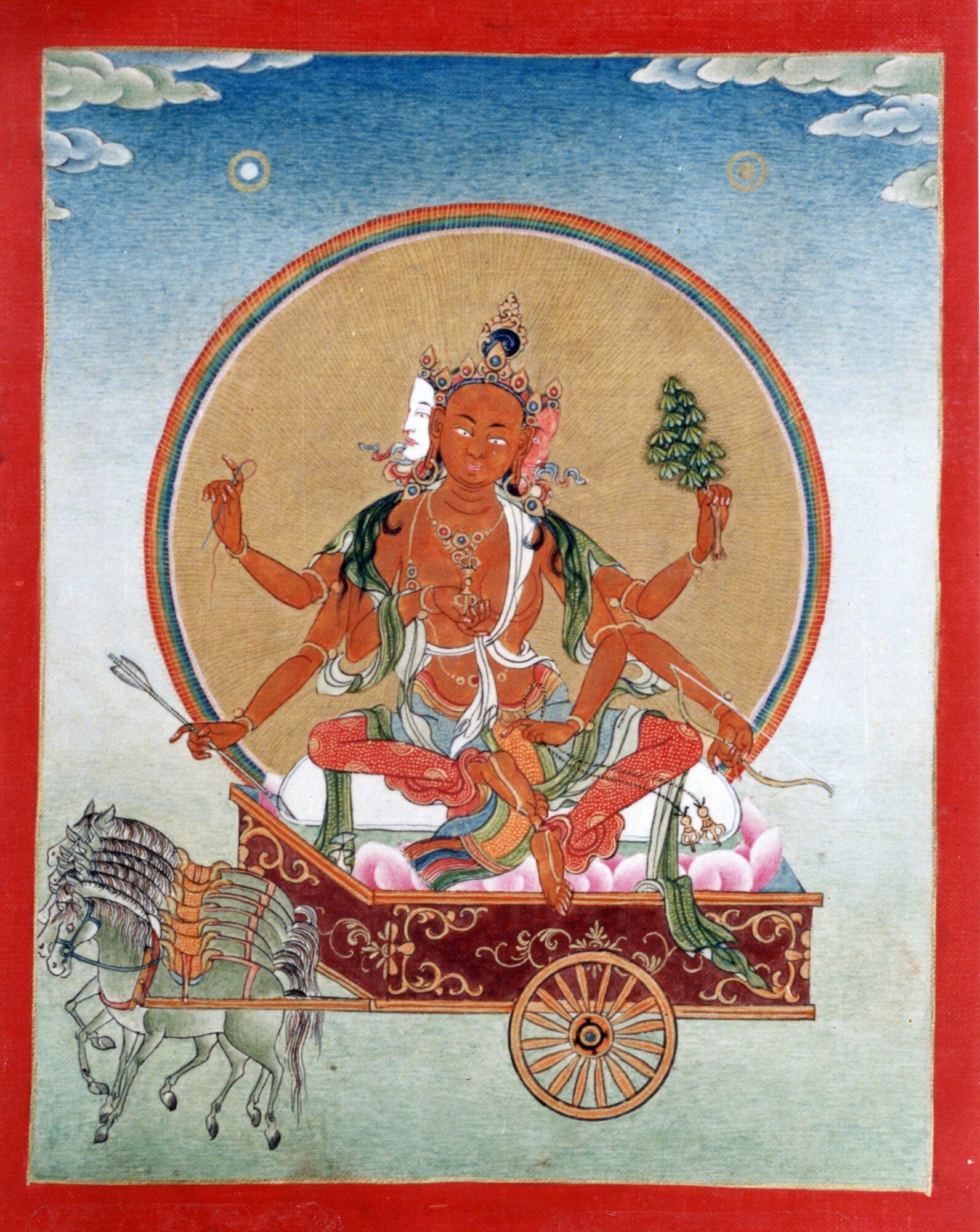
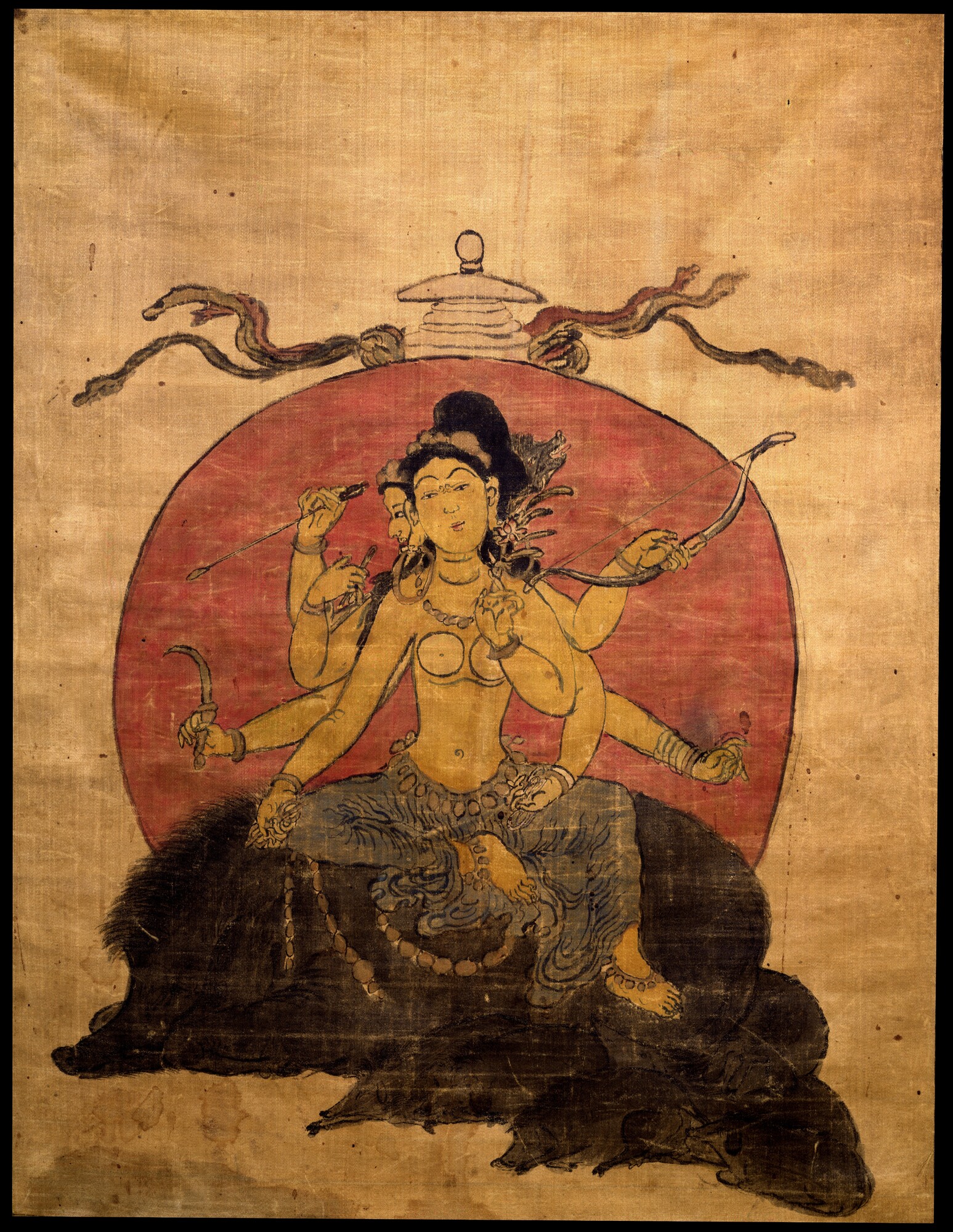
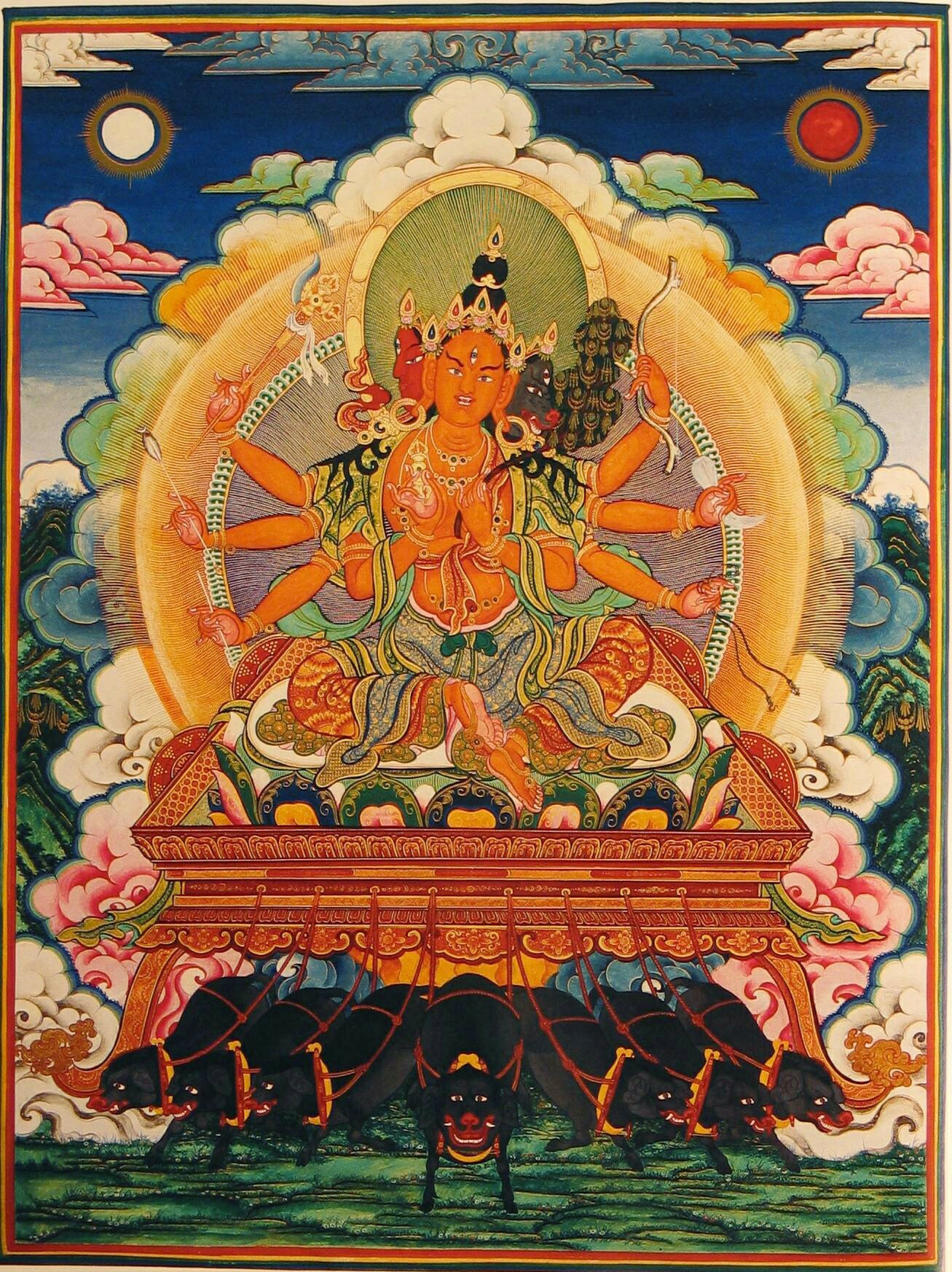
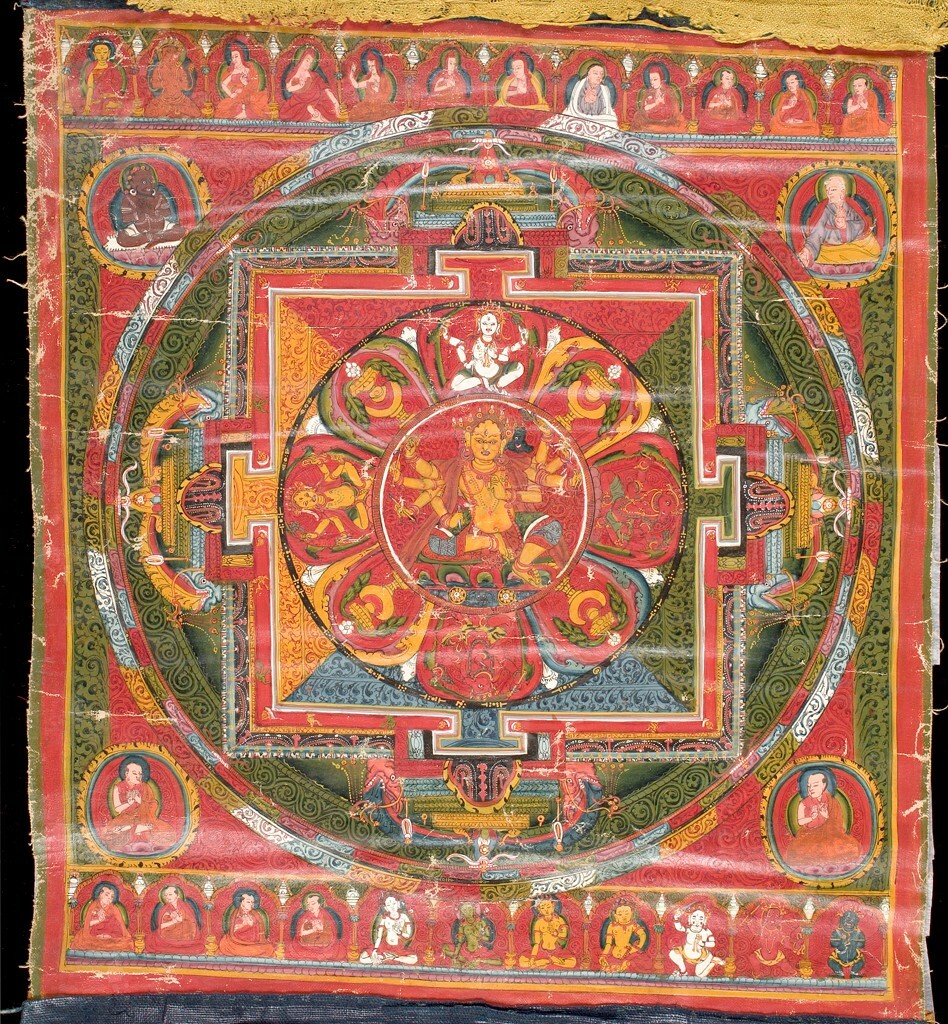
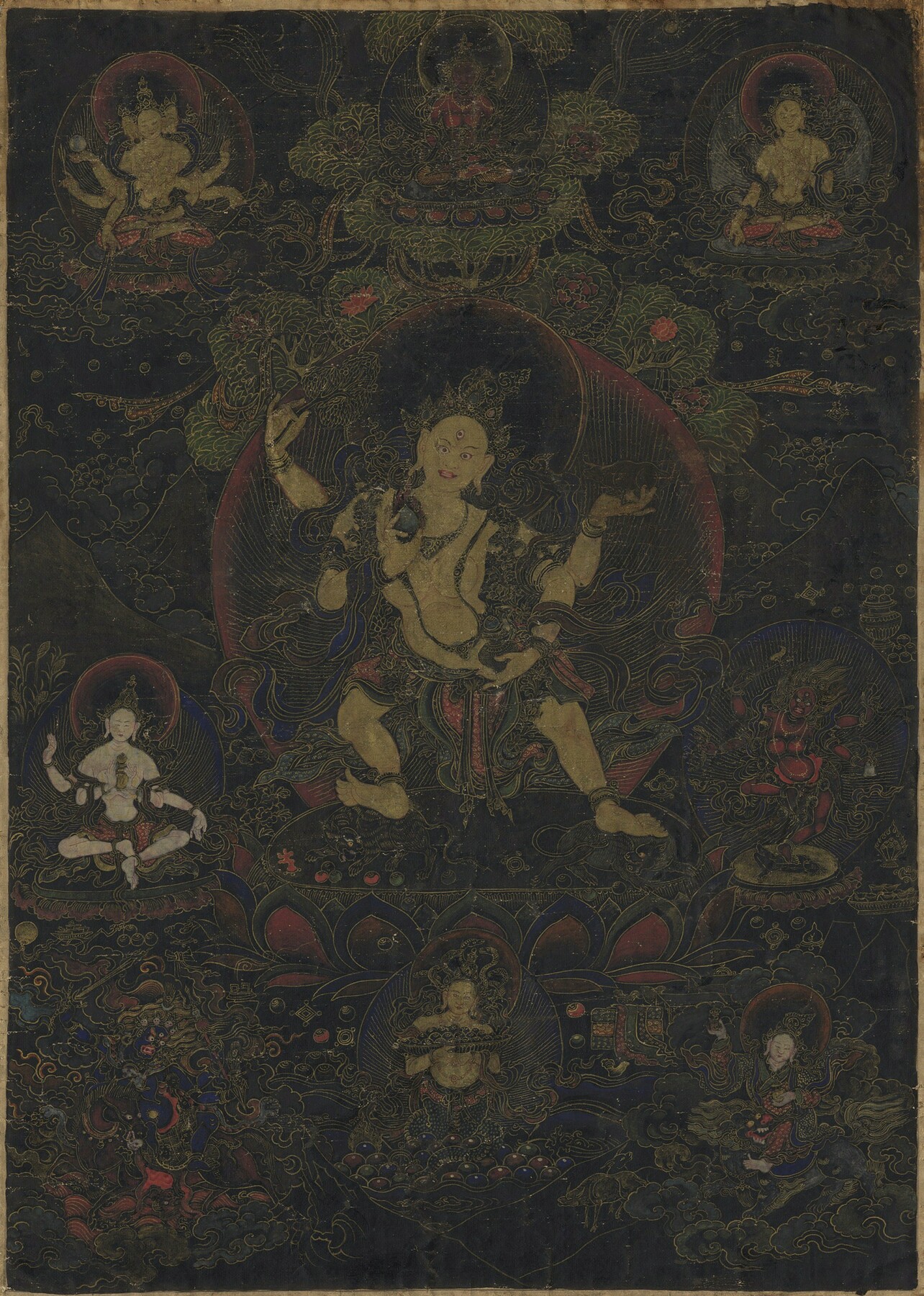


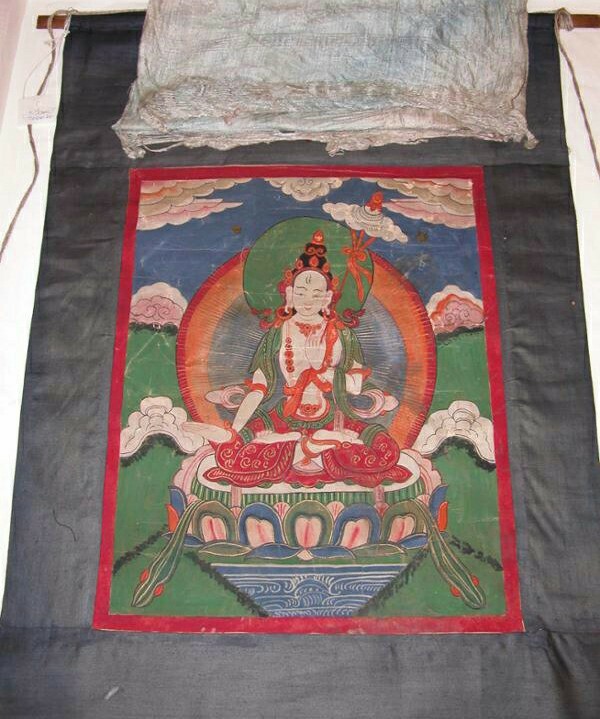



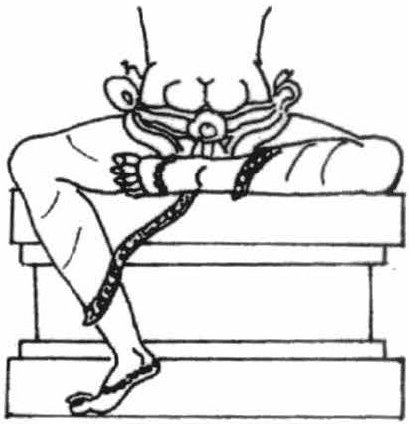
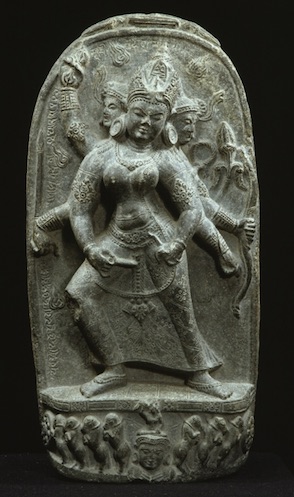


Bookmarks